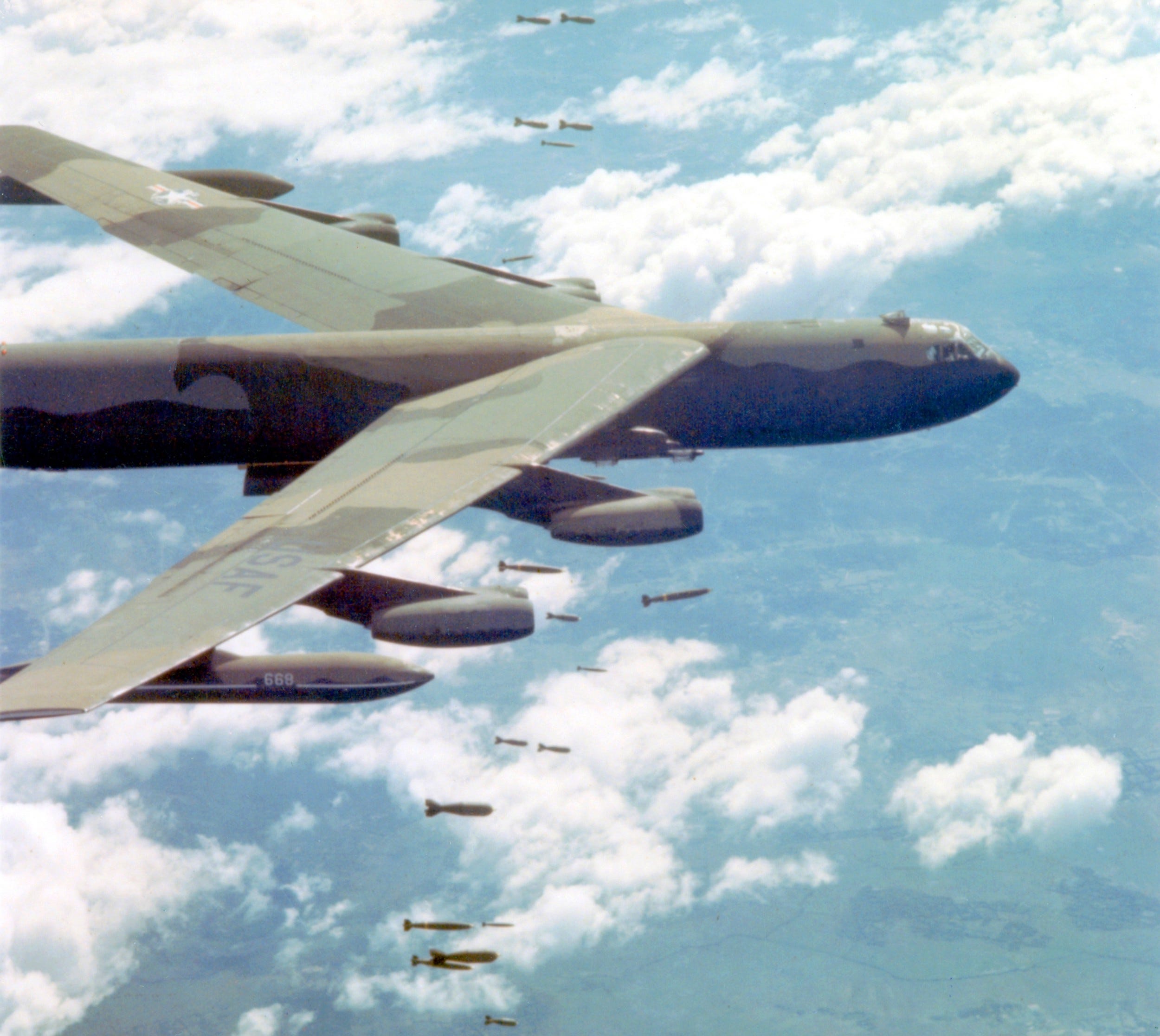
U.S. Air Force photo/Tech. Sgt. Richard P. Ebensberger
This past weekend marked another decade in service for America’s oldest bomber. The B-52 Stratofortress, affectionately nicknamed the “Big Ugly Fat Fellow,” has been flying for the US Air Force for 70 years.
The air service has been upgrading the strategic bomber for years, allowing it to continue to play a key role in the Air Force’s long-range strike capability. Far from a relic, the plane can serve as a conventional missile truck and a nuclear deterrent.
Over the weekend, Air Force Global Strike Command Public Affairs celebrated the 70th anniversary of the delivery of the first operational B-52, which was originally delivered on June 29, 1955, to the 93rd Bomb Wing at Castle Air Force Base in California.
“For seven decades, the B-52 has stood as a symbol of American airpower,” the command said in a press release. “With its unmistakable silhouette and dual-capable nature, the Stratofortress continues to serve as a visible and credible strategic deterrent for the United States and its allies.”
There are 72 B-52 bombers active with the Air Force, with some in conventional roles and others still able to serve in a nuclear capacity. Others that are no longer in active service remain in long-term storage at the Air Force’s “boneyard” in Arizona.

Pictures From History/Universal Images Group via Getty Images
Since the 1950s, the B-52 made by Boeing Military Airplane Co. has undergone numerous upgrades that have preserved the lumbering aircraft as a formidable bomber for the Air Force.
The B-52 remains a reliable platform for long-range strategic bomber missions even though it lacks the speed of the B-1 Lancers and the stealth of the B-2 Spirits, which were used to drop bombs on three of Iran’s nuclear facilities earlier this month.
The bomber boasts a lighter maintenance lift, lower operational costs, and a heavy payload.
The B-52 can carry an estimated 70,000 tons of mixed ordnance, from stand-off cruise missiles to weapons like naval mines. Emerging hypersonic weapons have also been tested on the bombers.
Though built during the Cold War to function as a high-altitude strategic bomber, it can serve a range of missions.
The B-52’s airframe and durable design have kept the planes in good condition over the decades. And upgrades to their weapons capacities, communications and radars, hardware, and software have kept the planes modern, as well as capable of receiving future updates.
“Since its creation, the B-52 has anchored strategic deterrence for the nation,” said Maj. Gen. Jason Armagost, Eighth Air Force and Joint Global Strike Operations Center commander, per the release. He added that the Air Force is looking “to the next model to serve as the physical embodiment of the idea of peace through strength and carry us into the 2050s.”
Plans for the next version of the B-52, the J-model, include engine and radar upgrades, as well as a new long-range stand-off missile that will replace the plane’s aging air-launched cruise missiles.

U.S. Air Force photo by Senior Airman Roslyn Ward / US Central Command
But these planned updates have faced challenges. A US Government Accountability Office report said last year that the engine replacement program, which seeks to substitute the B-52’s older engines with new military-configured commercial ones, was delayed “in part due to funding shortfalls to complete the detailed design.”
The operational capability date for these engines was delayed to three years after initially planned. The Air Force originally announced plans to update these engines back in 2021 for improved fuel usage and easier maintenance. The cost, too, jumped from $8 billion to about $9 billion.
Costs to replace the radars of the B-52s to provide greater range and resistance to electronic warfare countermeasures also saw an increase, per the GAO.
The upgrades are critical for the Air Force to follow its plan of keeping B-52s active into the 2050s, a plan that would see the plane fly for a century.
Last year, the B-52 bomber successfully conducted a first-of-its-kind test of the All-Up-Round AGM-183A Air-launched Rapid Response Weapon, a hypersonic missile, in the Western Pacific. The missile is a multi-stage, boost-glided weapon with a hypersonic glide body that can maneuver at high speeds. Such weapons are difficult to intercept, and the US military and its rivals have heavily prioritized the development of hypersonic weapons in recent years.
While the missile received mixed results throughout testing, leaving its future in the Air Force’s arsenal unclear, it marked an interesting moment for the B-52, which continues to be important for long-range strategic missions.
The post America’s oldest bombers have officially been flying for the Air Force for 70 years appeared first on Business Insider.




